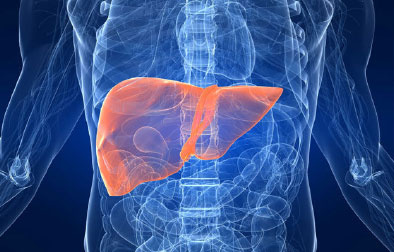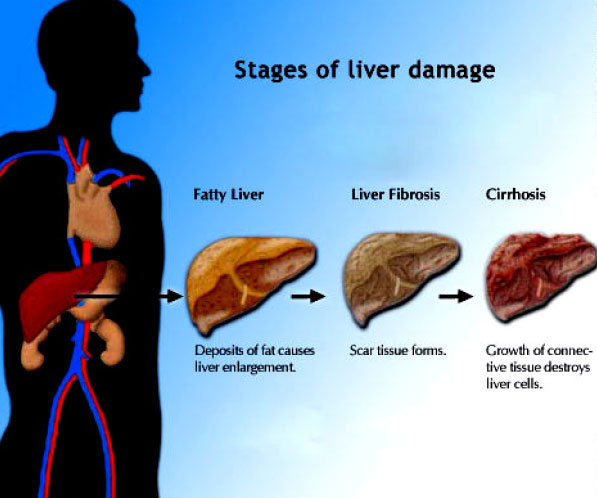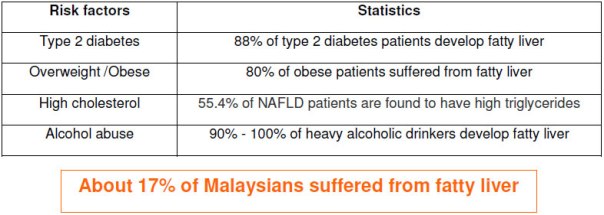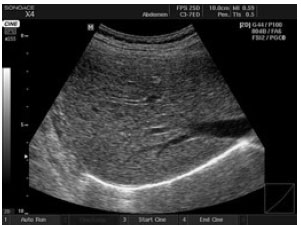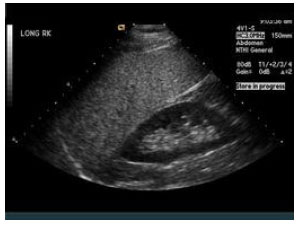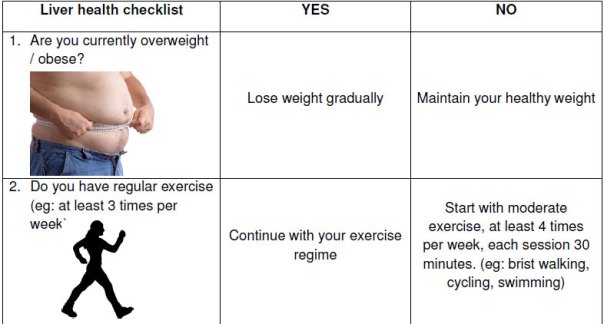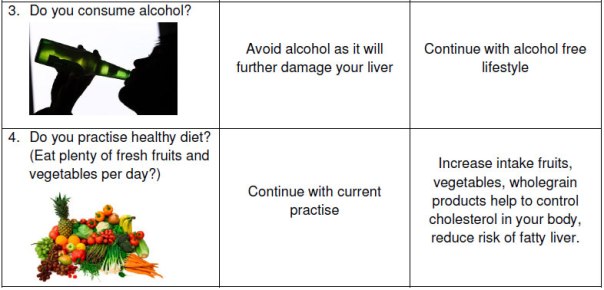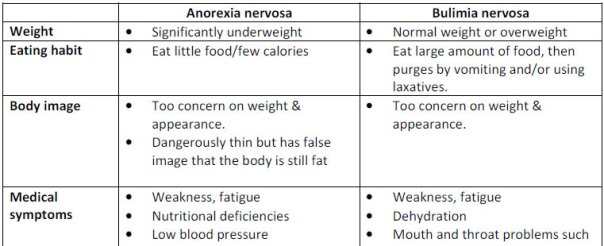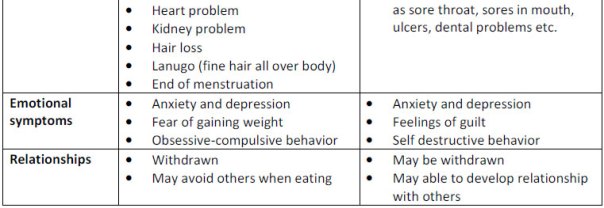Category Archives: Uncategorized
Famous ‘Green’ Personalities
Just some Infographic for you guys to digest this lovely green weekend.
Do you think they are ‘worthy’ green stars? Let us know.
Infographic courtesy of www.mnn.com
Non – alcoholic Fatty Liver Disease (NAFLD)
What is liver?
Liver is located at the right upper abdomen. It is the 2nd largest organ in your body and is
shaped like a football that is flat on one side. It is estimated that liver performs over 500
functions in your body. About 60% of the liver is made up of liver cells called hepatocytes
which absorb nutrients, detoxify and remove harmful substances from the blood.
What is fatty liver?
Non-alcoholic fatty liver disease (NAFLD) is the build up of extra fat in liver cells that is not
caused by alcohol. It is normal for the liver to contain some fat. However, when fat exceeds
10% of the liver weight, the fat cells can damage liver cells. Fatty liver is reversible if detected
at early stage, and it will progress to liver fibrosis and liver cirrhosis.
Stage 1 : Fatty liver or steatosis (> 5% – 10% percent of the liver’s weight is fat).
Stage 2 : Liver fibrosis or Non-Alcoholic Steatohepatitis, NASH (fatty deposit build up in your
liver, causes inflammation and scarring.
Stage 3 : Liver cirrhosis (scarring of the liver — hard scar tissue replaces soft healthy tissue).
Symptoms of fatty liver
Fatty liver often has no symptoms, but when symptoms occur they may include:
What causes fatty liver?
How to detect fatty liver?
- Blood tests show high levels of liver enzymes.
AST (aspartate aminotransferase) or SGOT, can also be elevated in heart and muscle diseases and is not liver specific.
ALT (alanine aminotransferase) or SGPT, is more specific for liver damage.
ALP (alkaline phosphatase) is elevated in many types of liver disease, but also in non-liver related diseases.
GGT (gamma glutamyl transpeptidase) is often elevated in those who use alcohol or other liver-toxic substances to excess.
- Ultrasound of liver
Check your liver health
Eating Disorders- Anorexia Nervosa and Bulimia Nervosa
An eating disorder is an illness that causes serious disturbances to your everyday diet, such as eating extremely small amounts of food or severely overeating. Someone with an eating disorder can appear very thin, healthy weighted or above healthy weight. It frequently appears during the teen years or young adulthood but may also develop during childhood or later in life. Eating disorders can become life-threatening if a person does not receive treatment.
Anorexia nervosa is an eating disorder that makes people lose more weight than is considered healthy for their age and height. People with this disorder may have an intense fear of weight gain, even when they are underweight.
Bulimia nervosa is an eating disorder in which a person binges and purges. The person may eat a lot of food at once and then try to get rid of the food by vomiting, using laxatives, or sometimes overexercising.
Anorexia Nervosa vs. Bulimia Nervosa
Prevalence in Malaysia
- In Malaysia, there is no any concrete studies/ systematic research on the prevalence of eating disorders.
- Estimated figure is 1% of the population having anorexia nervosa, 3% having bulimia nervosa.
- For every 10-20 females with eating disorders, there would be one male with similar problem.
- Anorexia nervosa usually occurs in early adolescence, about 14 years old. Bulimia nervosa happens slightly later but still within the young adult population.
Possible Causes and Risk Factors
Being female
Teenage girls and young women are more likely than are teenage boys and young men to have eating disorders.
Age
Eating disorders are more common during the teens and early 20s compared with lesser cases at other life stages.
Family history
Eating disorders more likely to occur in people who have parents or siblings with history of an eating disorder.
Emotional disorders
People with depression, obsessive-compulsive disorder, anxiety disorders, and/or had any transitions that cause emotional distress (joined college, new job or a relationship breakup) may have eating disorders.
Dieting
Eating disorders may occur in people who take up dieting to improve their appearance.
Eating disorders may occur in people whose job/activities favors a slim
body
Work – athletes, actors, television personalities, dancers, models. Sports –ballerinas, gymnasts, runners and wrestlers.
Society
Peer pressure and media influence may fuel the desire to be thin, particularly among young girls. Western cultural environment often cultivates a desire for thinness.
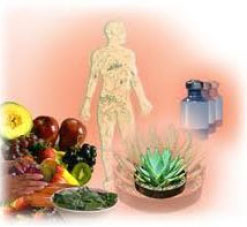 Treatments and Recovery
Treatments and Recovery
If you suspect yourself or someone else having eating disorder(s), get it treated immediately before
it’s too late. You may see both a medical doctor and a mental health doctor for a diagnosis. They may
do various assessments such as physical exams, laboratory tests (blood and urine) and psychological
(mental health) evaluations to pinpoint a diagnosis.
Medical treatment and drugs
- Psychotherapy is an education which helps to develop healthy habits, problem–solving skills, stress handling skills. It also helps to improve relationships and mood. Family-based therapy may also be considered.
- Nutrition educations in which dietitians can help you achieve a healthy weight and instill normal-eating habits.
- Medication which may helps to control urges to binge or purge or to manage excessive preoccupations with food and diet. Antidepressants and anti-anxiety medications may also help with symptoms of depression or anxiety.
Lifestyle and home remedies
- Practicing proper self-care during and after treatment as per doctor’s advice is crucial to maintain overall health.
- Appropriate vitamin and mineral supplements is essential for a healthier body.
Alternative medicine
Several treatments that help to improve mood, lower stress and reduce anxiety include:
- Chamomile tea
- Acupuncture
- Massage
- Yoga
- Biofeedback
Prevention
For yourself
- Be realistic. The ultra thin models or actresses in popular magazines aren’t healthy bodies.
- Surround yourself with positive influences and be a positive influence yourself.
- Don’t visit websites that advocate or glorify eating disorders.
- Communicate with your friends and family.
- Learn about
For your children, relatives and friends
Encourage healthy-eating habits and avoid dieting around your children.
Family dining habits influence the relationships children develop with food. Eating meals together gives an opportunity to teach children about the pitfalls of dieting, and encourage healthy eating.
Keep an eye on computer use.
There are numerous websites that promote anorexia (commonly called “pro-ana” sites) as a lifestyle. Periodically check the computer’s history page to see what sites your child has visited.
Cultivate and reinforce a healthy body image
Talk to children about their self-image and offer reassurance that body shapes can vary. Encourage children or family members to refrain from joking about others body size.
Reach out if you suspect trouble.
If you notice a family member or friend with low self-esteem, severe dieting, frequent overeating, hoarding of food or dissatisfaction with appearance, consider talking to him or her about these issues. Reaching out with compassion may encourage him or her to recover or seek treatment.
Where to go?
- Malaysia Eating Disorders Therapists provide counselling services by psychiatrists, psychologists, nutritionists and therapists to facilitate rehabilitation.
- Malaysian Mental Health Association Support Group for people who have/had an eating disorder and their caregivers. They meet monthly to share stories and support each other.
A-Z health information for smart travelers
Malaysians are traveling overseas in ever- increasing numbers. It is important to prepare before you leave (whatever your age or destination) and stay in good health while traveling can help you to have a happy and enjoyable trip.
Immunisations
- Immunisation is ONE OF THE BEST FORMS OF PROTECTION for all travelers.
- You need to make sure that you receive all compulsory vaccination before your trip.
- If possible, set an appointment with doctors 4 to 6 weeks before your trip.
- Most vaccines take time to become effective in your body and some vaccines must be given in a series over a period of days or sometimes weeks.
- If it is less than 4 weeks before you leave, you should still see your doctor. You might still benefit from shots or medications and other information about how to protect yourself from illness and injury while traveling.
Prevention of Foodborne Diseases: Five Keys to Safer Food
Things you should bring during traveling
- Insect repellent containing 25-50% DEET
- Over-the-counter anti-diarrhoeal medicine
- Alcohol-based hand gel (with at least 60% alcohol)
- Sun block that offers at least SPF15
- Your prescription medications in their original containers (including a copy of the prescription)
- Your travel health kit should remain with you at all times, including in your carry-on baggage.
The voyage
Traveling by Air
Low level of oxygen level within the aircraft, dehydration from low humidity and crossing time zone may cause fatigue.
- To reduce jetlag, drink plenty of water, avoid alcohol, rest on the flight and avoid a hectic schedule on arrival.
- Minimize foot swelling and increase circulation in the legs by moving your feet and toes around while seated.
- When taking off or landing, chewing gum or sucking on sweets may reduce ear discomfort as the jaw action helps to equalize middle ear pressure.
Traveling by bus, train or ship
To reduce or minimize motion sickness from this journey
- Take anti-motion sickness drugs, such as dimenhydrinate or promethazine, before the journey.
- Opening the window for ventilation and avoiding smoky environments.
- Avoid reading in the cabin.
- Sitting near the front of the vehicle & looking ahead.
What to do if you get diarrhoea?
- Most diarrhoeal attacks are self-limited and clear up in a few days.
- Diarrhoea may be accompanied by nausea, vomiting and/or fever.
- The important thing is to avoid becoming dehydrated.
- Ensure that you always drink sufficient amounts of fluids (especially children).
- If you are restless or irritable, or shows signs of strong thirst, or has sunken eyes, or dry skin with reduced elasticity, dehydration is already progressing and immediate medical attention should be sought.
- If your bowel movements is frequent, very watery or contain blood, or last beyond 3 days you should seek medical help.
- As soon as diarrhoea starts, drink more fluids, such as Oral Rehydration Salt (ORS)* solution, boiled, treated or bottled water, diluted (weak) tea, soups or other safe fluids (bottled or can drink).
- Avoid any drinks that tend to remove more water from the body, including coffee, overly sweetened drinks, some medicinal teas and alcohol.
*If ORS are not available
Top Ten Things to Do for Earth Hour
Earth Hour Checklist
Top Ten Things to Do to Save Energy
Here are some things that you can do to prepare for Earth Hour.
Remember that saving energy is about more than just turning down the lights. Challenge yourself to do some or all of these energy saving things for Earth Hour – and every day – to save energy and help the planet.
#10 Fill Up Your Freezer
Did you know that an empty freezer uses up more energy than a full one?
If you have empty space in your freezer or deep-freeze, you can conserve energy – and reduce your electric bill – by freezing used pop bottles or milk jugs of water. Fill empty containers about 2/3rds full and place them in your freezer. The ice will help maintain the temperature inside the freezer, allowing it to use less energy.
#9 Invite Your Friends Over
You can help spread Earth Hour awareness by inviting your friends, family or neighbors to join you for Earth Hour activities. A few friendly faces can help make the time go faster, too!
#8 Fix Drafts
Drafty doors and windows cause your heating and cooling bills to go up. Try to repair or cover any drafts around your home before Earth Hour. The money you save will help throughout the year as well!
You can also keep heating and cooling costs down with thermal window coverings. But if you’re pinching pennies, simple dark curtains can keep a room warm in winter, and white curtains keep it cool in summer.
#7 Turn Down the Heat
If you’re living in a cool climate and have the heat on in March, try turning your heat down slightly for Earth Hour.
To minimize the amount of energy that you use for heating, make sure that heating units are well ventilated and not obscured by furniture. There should be at least a few inches of space between heaters and other objects for them to work efficiently.
Close off any rooms that are not used regularly, and only heat rooms that you need to. If you keep your thermostats at a moderate temperature throughout the day, you will use less energy than you do by turning it up and down at different times.
#6 Unplug Appliances
At 8:25 on March 28th, it’s time to start powering down for Earth Hour.
You can start by unplugging your small appliances such as the microwave and coffee maker. Hopefully, your toaster is already unplugged when not in use!
#5 Unplug Chargers
For one hour, unplug your cell phone charger, battery re-charger and any other adaptors you have around your home. If you leave these items unplugged when not in use, you can save a few dollars in energy costs every month.
If you have a cordless phone you will need to leave it plugged in, unless you have a standard telephone in the house as well.
#4 Unplug Clocks and Electronics
It won’t take long to reset your digital alarm clock after Earth Hour is finished. Unplug as many of the clocks around your home as possible. If you have a digital watch or wall clock, you can unplug them all!
Turn off and unplug your television and other devices like DVD players and video game consoles. If you have all of your electronics plugged into a power bar or surge bar, you can switch them all off at the end of the day, everyday. This can help you save money every month.
#3 Shut Off Your Computer
Even an idle computer uses energy. You can cut down on computer energy costs by powering down all of the devices at your desk for one hour. You can simply switch off the power bar or surge bar.
If there are items plugged in with your computer that must stay on, such as a cordless phone, you can unplug items individually, or turn off the power manually. Most computers have a power switch at the back of the tower that shuts them down completely.
#2 Unplug Lamps and Nightlights
Just like other electrical items, lamps should be unplugged when not in use. Unplug all of the floor and desk lamps in your home for Earth Hour. Only plug them back in as you need to use them.
#1 Turn Off the Lights
Last but not least, turn down all of the lights in your home. It’s a little strange sitting around in the dark, but it’s only for one hour. Just think of what it must have been like before the invention of the light bulb!
Ten Things to Do During Earth Hour
Earth Hour is a bit like a power outage. If you’re not prepared for it, you’ll find yourself thinking “If I can’t watch TV, and I can’t use the computer, and I can’t read in the dark…what can I do?”
To help make Earth Hour go faster, here are ten fun activities that you can do:
#10 Take a Nap
Nothing makes time go faster than sleep! If you’re feeling sleepy, why not take a nap during Earth Hour and conserve your own energy, too?
#9 Make Love
You don’t need lights to snuggle with someone! If you’re lucky enough to be sharing Earth Hour with someone special, make the most of it! Better yet, turn Earth Hour into Earth Evening and save some extra electricity!
#8 Tell Stories
If you’re spending Earth Hour with friends or family, turn it into a fun story telling night. You can tell spooky stories in the dark, or just tell mild ones, or maybe share memories of times past. Either way, you’ll enjoy the time that you spend together.
#7 Play Board Games
As long as your favorite games don’t require too much reading, you can play by candle light. Chess and checkers are great games to play in the dark.
#6 Play Handheld Games
If you simply can’t bring yourself to unplug, make sure that your Nintendo DS or PSP
is charged up before Earth Hour, and spend the time playing your favorite handheld game.
#5 Play Word Games
There are hundreds of different games that you can play just by talking. Some favorites, of course, are Truth or Dare and Telephone, but you can also try these fun games too:
The Map Game – Take turns naming countries, cities or other map regions by name. Each player must think of a place that begins with the last letter of the previous player’s answer. For example: Amsterdam, Monaco, Orlando, Oakland, Denmark…
I’m Going on a Picnic – Take turns naming foods that begin with each letter of the alphabet. For example: Apple, Blueberry, Crab cake, Donut, English muffin…
#4 Sing Songs
You don’t need a karaoke machine to have a sing-a-long. See who can remember the most lyrics from your favorite songs, or make up your own!
#3 Play Hide and Seek
There’s something extra fun about playing hide-and-go-seek in the dark, even for grown ups! There are lots of different variations of the game, so set out the rules before you play. Don’t forget to have fun!
#2 Recycle
You can do some easy recycled crafts by candle light and make Earth Hour even better for the environment!
#1 Make a Green Action Plan
Since you’re just sitting in the dark anyway, why not take this opportunity to talk about what you’ll be doing this year to reduce your impact on the Earth? Make a list of all the things that you could change, and try to think of ways to add them to your lifestyle.
Here are a few ideas to get you started:
– Buy a reusable coffee mug or water bottle
– Ride the bus or bike to work
– Insulate your water heater
Article excerpted from www.squidoo.com

